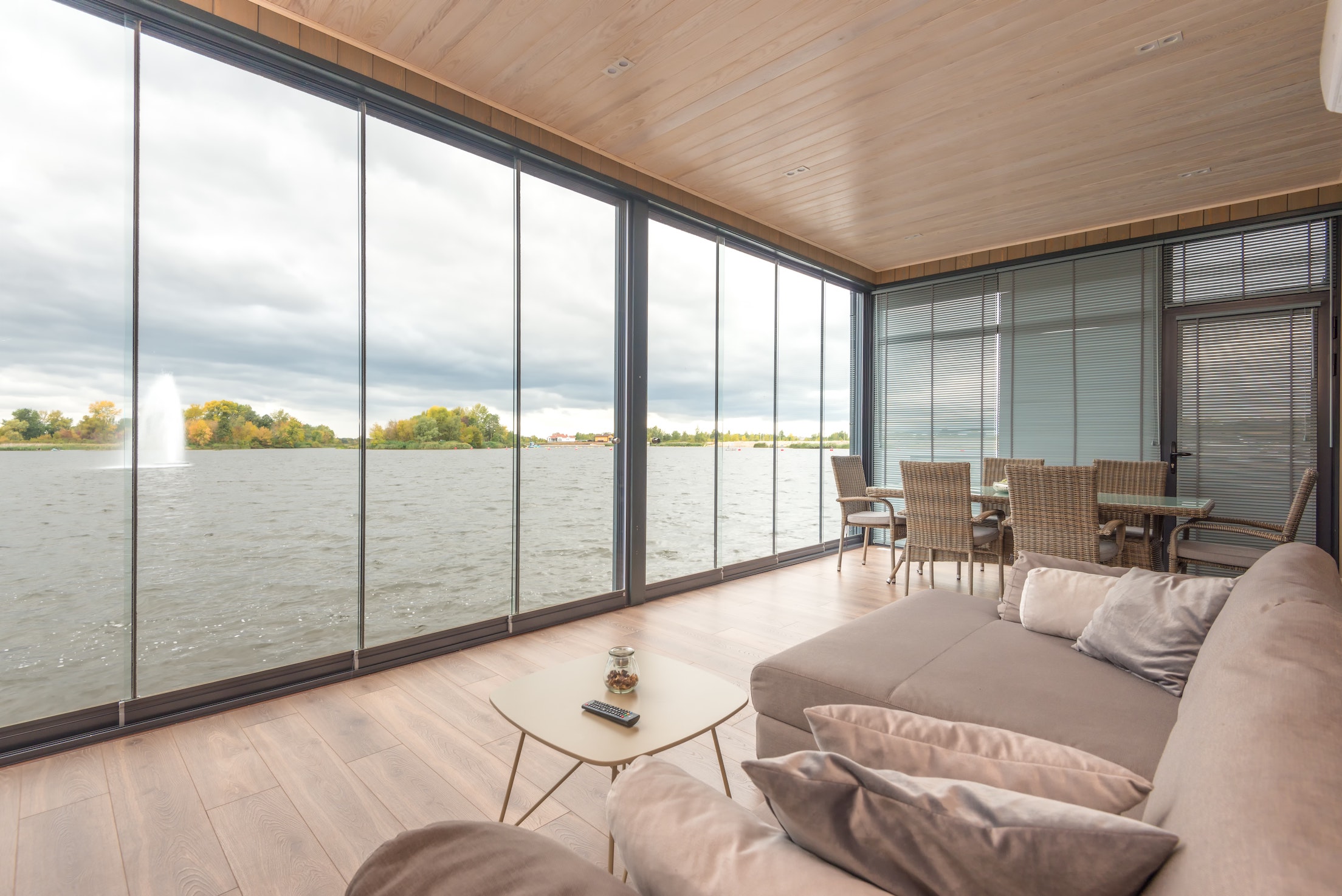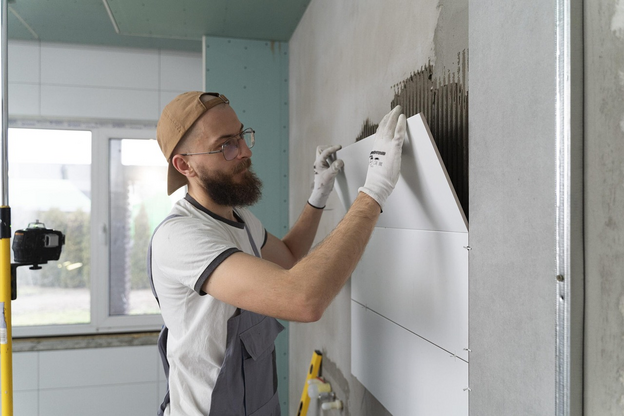
If you own a furnished holiday let (FHL) and rent it out commercially, you’ll have to follow different tax rules than landlords of private rental properties. By knowing the right tax rules, you can avoid penalties from HMRC and even reduce your overall tax liability through reliefs and deductions. Here’s all you need to know about furnished holiday let tax.
What Qualifies as a Furnished Holiday Let (FHL)?
A furnished holiday let (FHL) is a property that’s commercially let as a holiday home within the UK or European Economic Community (EEC). However, to qualify as a furnished holiday let and therefore be subject to FHL tax rules, your property must fulfil the following criteria:
- – The property must be furnished to a sufficient standard for normal occupation, meaning that guests can use the furniture for self-catering purposes.
- – You must intend to make a profit through your FHL.
- – The property must be available as a holiday home for at least 210 days a year.
- – The property must be let commercially (i.e., not occupied by you or rented by friends or family for free or reduced rates) as a holiday home for at least 105 days a year.
- – Long-term lets of more than 31 days do not count towards the annual total of let days.
- – If you have 155 days of stays that exceed 31 days each, then your property does not qualify as an FHL.
These conditions must be applied to each tax year. If you have a new FHL, you can apply these tests to the first 12 months from when you started renting out the property commercially.
Averaging Election and Period of Grace Election
If your property isn’t rented out for at least 105 days in a tax year, you can ensure it’s still classed as an FHL by making an averaging election or a period of grace election. With an averaging election, you can average the total let days among multiple FHL properties you own if one of your FHLs doesn’t qualify. With a period of grace election, you can show you had a genuine intention to meet the letting conditions that year and therefore keep the FHL status. You can consecutively have up to two periods of grace, after which the property will no longer qualify as an FHL.
Furnished Holiday Let Tax
If you own an FHL, you’ll need to pay income tax on your business profits. This means you must sign up for HMRC’s Self Assessment tax system and complete your self-employed tax return by the 31st of each year. You can use the government’s HS253 Self Assessment helpsheet for more tax guidance.
FHL Tax Deductions
FHL owners have different tax rules than traditional landlords in the private rental sector. In particular, you can take advantage of various tax reliefs and deductions to boost your income, which has made FHL ownership increasingly popular in recent years. Below, you can discover the main tax incentives for FHLs.
Holiday Let Mortgage Interest Tax Relief
Private landlords used to be able to claim buy-to-let mortgage interest tax relief to offset the interest of their mortgage against their profits, but this tax relief was ended in 2020 and replaced with a tax credit. However, holiday let owners can still benefit from a holiday let mortgage interest tax relief, which means you can significantly reduce your tax liability.
Pension Contributions
Another way you can reduce your tax burden is by using some of your profits to make contributions toward your pension. This will reduce your total profits from your FHL, reducing the amount of money you have to pay tax.
Capital Allowances
FHL owners can deduct the cost of necessary furnishings from their profits to reduce their tax liability. Therefore, if you need items such as beds, sofas, tables and chairs for your holiday let, you can claim them as ‘capital allowances to reduce your tax.
Allowable Expenses
Similar to capital allowances, you can also deduct ‘allowable expenses’ from your profits. These expenses include costs you incur whilst renting out your FHL commercially, such as letting agent fees, maintenance costs, utility bills and cleaning costs.
Council Tax
Another benefit of owning an FHL rather than a traditional property is that you won’t have to pay council tax. Instead, you’ll pay business rates on your holiday let, which are calculated based on your property’s rateable value. You can visit the government website to estimate your business rates.
Selling Your FHL
If you decide to sell your furnished holiday let, you’ll need to pay capital gains tax. However, just as you can reduce your income tax liability, you can also reduce your capital gains tax liability. To do this, you can take advantage of a few tax reliefs depending on your circumstances.
- Business Asset Disposal Relief: By claiming this tax relief, you can pay tax at 10% on your gains from the sale of this asset instead of 18% or 28%.
- Gift Hold-Over Relief: If you give away your FHL or sell it for less than it’s worth, you may not have to pay capital gains tax.
- Business Asset Rollover Relief: If you use the profits from the sale of your FHL to buy another FHL, you could delay paying capital gains tax by claiming this tax relief. With business asset rollover relief, you won’t have to pay any tax until you sell the new asset.
Paying Furnished Holiday Let Tax
As an FHL owner, you can take advantage of unique tax benefits that don’t apply to traditional landlords in the private rental market. With all these tax reliefs and deductions, you can reduce your overall tax liability and boost your income.
To learn more about FHL tax, visit the government website. You’ll find plenty of in-depth information to help ensure your FHL business’s success.




 POSTED BY
POSTED BY 

